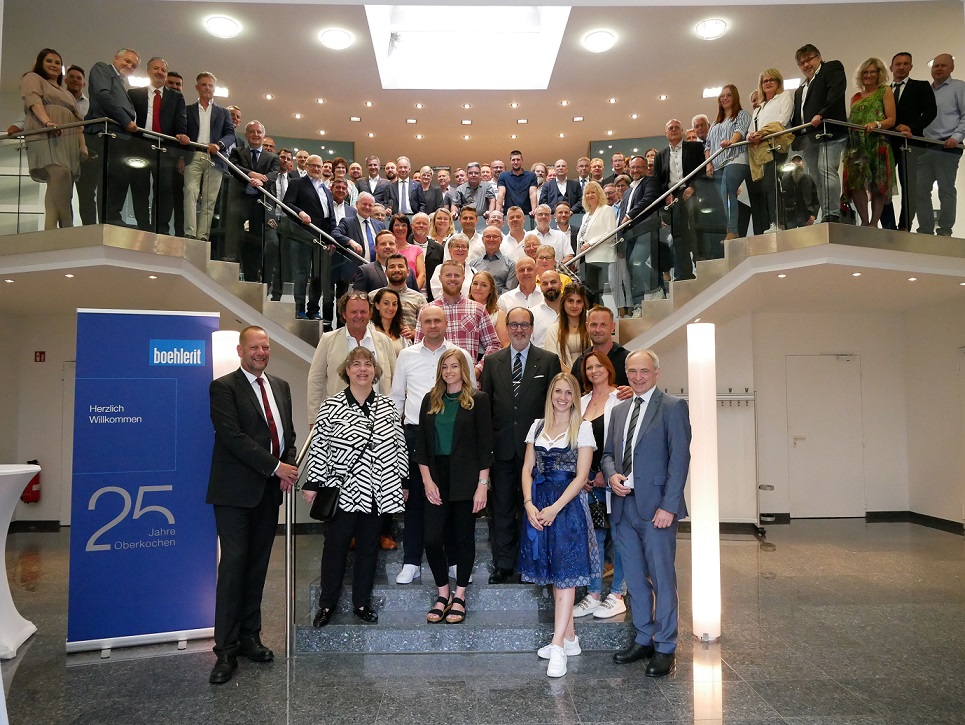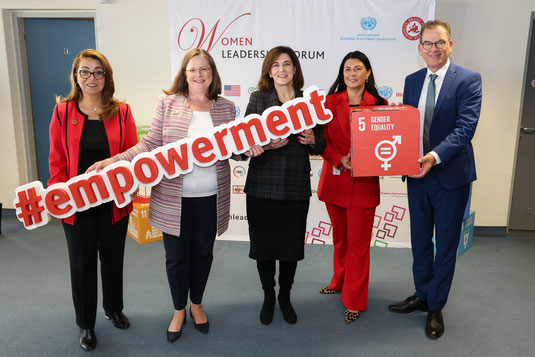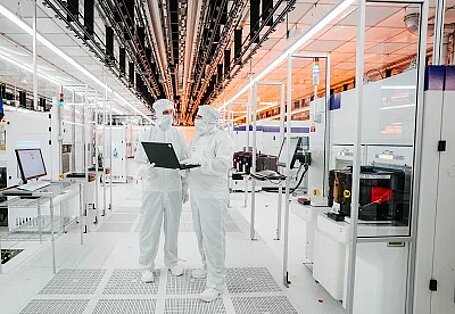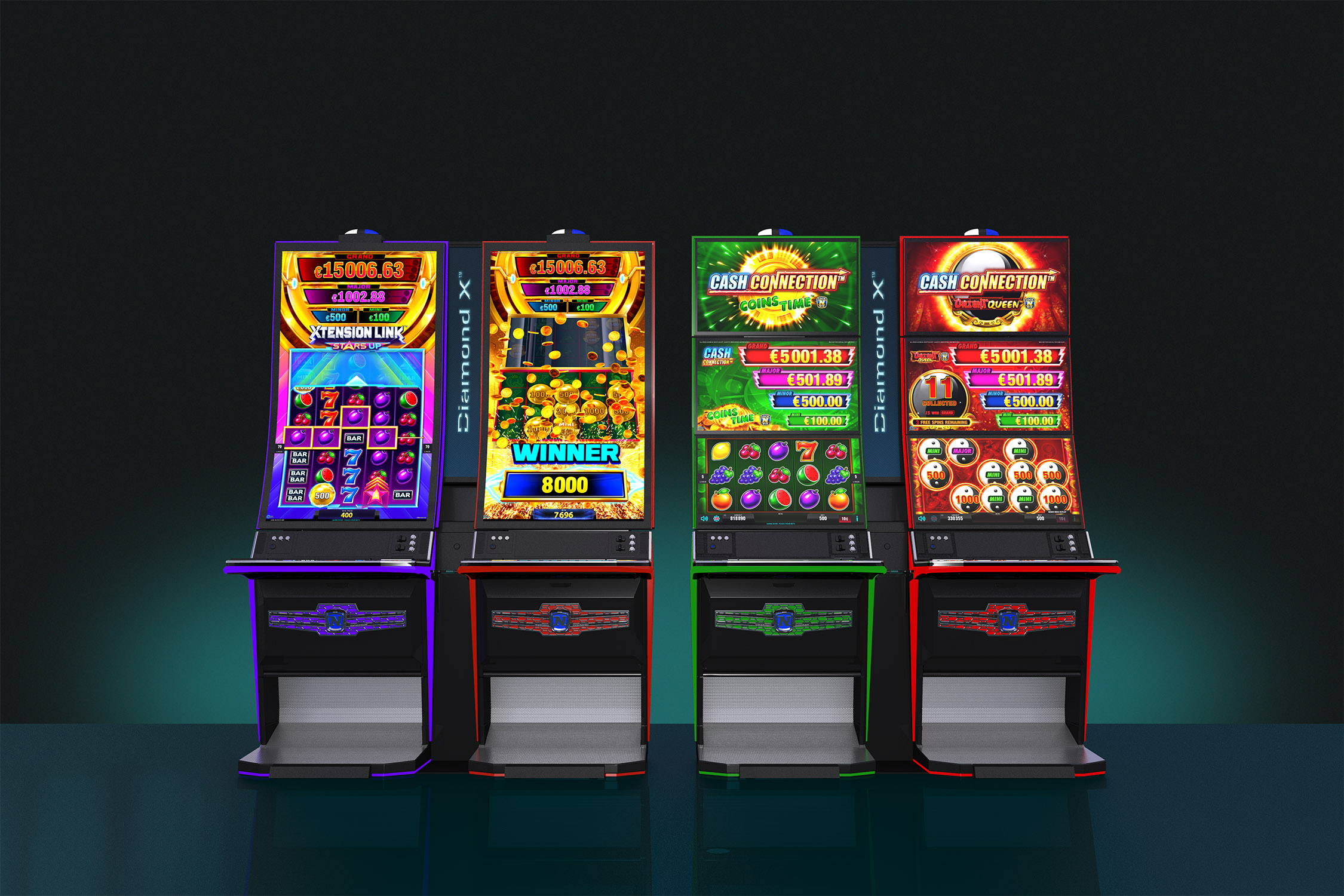Gerald Schatz, Managing Director of the Linz Center of Mechatronics GmbH (LCM) speaks about the benefits of using digital twins in testing and commissioning processes.
Digitalisation has been given a further boost in recent months due to new ways of working, whilst in other areas – such as production – it has been a key concept for many years. Digital simulation offers many advantages, including continuous production monitoring and cheaper and quicker test phases. The Linz-based firm LCM is already using this technology to good effect.
We are keen to know more about the benefits of digital twins. Monica Rintersbacher, Managing Director of Leitbetriebe Austria, discusses this and more with Gerald Schatz, Managing Director of LCM.
Monica Rintersbacher: Can you introduce LCM and tell me about the types of products and services you provide to your customers?
Gerald Schatz: The Linz Center of Mechatronics GmbH provides R&D services to the mechanical and plant engineering sector, and the medical technology industry. We support our customers from the initial research stages – which we carry out in partnership with an international network of leading universities – through to the production of the finished product. We also support our customers throughout the commissioning process. Digital product development – in other words, the use of software tools to develop components or entire systems – permeates all our development activities here at LCM. Digital twin technology is used across the entire development cycle, in virtual testing and afterwards in virtual commissioning. Our 120 employees manage projects using the following fields of technology: integrated electric and hydraulic drive systems, vibration technology, control engineering, IIoT, localisation, positioning, predictive systems, and overall system development.
What do digital product development, virtual testing and virtual commissioning mean? How do these developments benefit your customers specifically?
Digital product development means using software tools to create product or component data models. This model behaves in the same way as its real-life counterpart. One major advantage is that it offers excellent product scalability: we can quickly and efficiently simulate different versions by modifying the data. It is possible to test and implement the modular approach to design as well as the gradual development of individual functions. We can significantly reduce expensive development phases and any changes to the product can be quickly implemented. This reduces the time to market, which is an important step that helps ensure a product is available on the market at the most optimal time. These digital images of reality are stored in libraries, which means they are then available to be re-engineered later on. The performance data is also protected.
As the production processes are already integrated during the design process, everything is optimised all at the same time. This means that the user can save a substantial amount of money for the standard prototype phases using recurrent optimisation loops. Tests on the system currently in operation are no longer necessary, the commissioning stage becomes much safer and huge time savings are achieved.
When the digital twin runs alongside the machine when it is operating, the actual data from the machine can be compared with the nominal data from the digital image. Variances are verified and accurate statements about the system’s behaviour are produced.
This addresses a major weakness of all methods that are based solely on data analysis: pattern recognition in actual data is detached from the real operating conditions, which can lead to misinterpretations.
Can you give some typical examples of the services you provide and the types of projects your company has already implemented?
I can name a few examples, which demonstrate that excellent results can be achieved even with a small budget. We have worked with NG Green Innovations GmbH to optimise a wood chipping machine by mapping its digital twin. In around three weeks, we were able to increase the transport rate at the same rotational speed by 60% and the efficiency rate by 20%. We learned that you can quickly notch up some successes and gain some efficiencies if you focus on the critical components. The twin can of course be used for other purposes.
Another similar example is the company Prinz GmbH. This medium-sized company manufactures chainsaws with very long blades. By mapping the blade and the chain as a digital twin, we were able to achieve major improvements in the blade set-up and in terms of chain wear, noise and vibration. We used it almost like an add-on product, which gave us very good insights into the cutting process and helped to support the future development of the machine. Expert knowledge was assured over the long term, which is particularly important given the current shortage of skilled workers.
We have also developed the world’s first autonomous digital twin for a bending machine for Salvagnini Maschinenbau GmbH. The entire system and process have been mapped out as a digital twin that runs alongside the machine in real time, resulting in adaptive, automated ‘one-piece flow production’. We can then automatically identify the material parameters. The machine’s energy consumption can also be massively reduced.
Are there any particular obstacles that have to be overcome in this process?
Yes, it’s important to have the right personnel, IT infrastructure and software. We also need to ensure that the IT and simulation personnel receive continuous training. The costs associated with this can be very high. That’s why we recommend carrying out the first steps with a partner and to gradually develop your own expertise in-house.
In what way does developing a digital twin help during the following development phases through to the production of the end product?
When you have a digital twin, the next obvious step is to test the data model – in other words – carry out a virtual test. The advantage of this method is that the testing can be automated and run in parallel. This reduces testing times many times over. The same applies when virtual commissioning machinery. Depending on requirements, the entire control software can be integrated into the twin so that the actual situation as it occurs when the machinery is in operation can be mapped as accurately as possible. These test scenarios can be automatically generated using machine learning algorithms.
How will the market develop in this area? Is this method only used by international corporations and a few SMEs?
Digital methods are going to spread widely due to the increasing pressure on costs and the growing demand for customised products. The growing lack of expertise and the fact that many experienced personnel will soon be entering retirement are other factors that need to be considered. As I have just described in the previous examples, these methods will help to safeguard the future of SMEs especially. The costs are manageable if companies gradually introduce digital product development and make clever use of partnership networks.
Thank you for taking the time to speak with me today.
The bottom line:
If used in the right way, digital twins can be used to carry out testing more quickly and cost-efficiently. They can also be used to constantly monitor production and to detect and fix potential damage and errors before they occur. To achieve this, it is necessary to ensure implementation is carried out proficiently, drawing on previous experience, and that all the employees involved are appropriately trained. These methods are not just worth implementing in large companies, but also in SMEs and companies operating within partnership networks that are seeking to gain a competitive edge.






